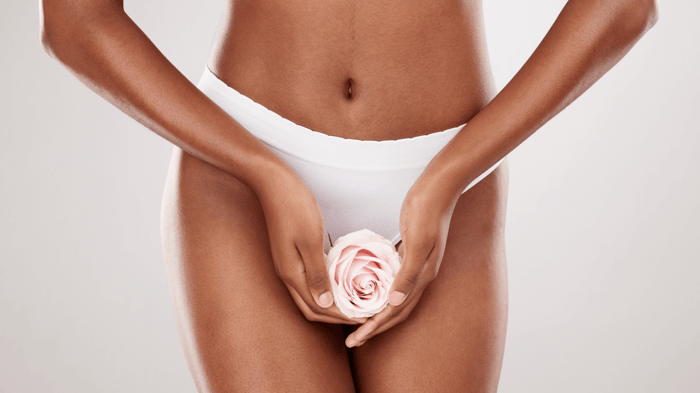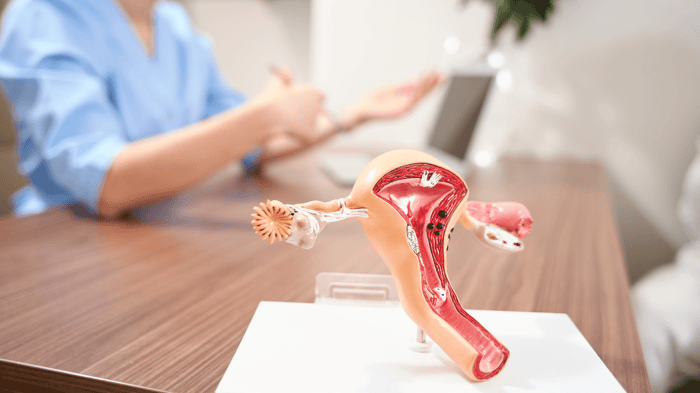Table of Contents
Vaginal mucosal hydration plays a vital role in maintaining comfort, elasticity, and protection against irritation or infection. It is the balance of water within the vaginal tissue that keeps the mucosa healthy and resilient. When hydration decreases, discomfort such as dryness, itching, or pain during intimacy often follows, making this a key aspect of overall well-being.
Hydration levels in the vaginal mucosa depend on several factors, including hormones, age, and lifestyle. Research shows that products like hyaluronic acid gels can improve moisture retention and elasticity by supporting the tissue’s natural water balance, as seen in studies on vaginal moisturizers. These findings highlight how science continues to uncover effective ways to restore hydration and support long-term vaginal health.
Understanding how hydration works at the tissue level opens the door to better solutions for common concerns. By exploring the science behind this process, it becomes clear why maintaining proper hydration is not only about comfort but also about protecting the natural barrier that supports intimate health.
Understanding Vaginal Mucosal Hydration
Structure and Function of the Vaginal Mucosa
The vaginal mucosa is a non-keratinized squamous epithelium that lines the vaginal canal. It consists of several layers:
Basal cells provide regenerative capacity.
Intermediate cells offer elasticity.
Superficial cells maintain moisture and act as a protective barrier.
Beneath this epithelium lies connective tissue rich in blood vessels, essential for nutrient and fluid exchange. Unlike the skin, the vaginal mucosa has no sebaceous or sweat glands. Instead, it relies on transudation, the passage of plasma-like fluid from blood vessels through the vaginal wall. This process ensures constant hydration and elasticity.
The mucosa also functions as a biological shield. It prevents harmful microorganisms from invading deeper tissues while supporting beneficial bacteria. Importantly, its permeability shifts with hormonal cycles, explaining why some women notice more or less lubrication depending on the phase of their cycle.
Mechanisms of Vaginal Moisture Production
Moisture arises primarily from two sources:
Plasma transudation – movement of fluid across mucosal walls, directly tied to blood flow and vascular permeability.
Cervical mucus – approximately 90–95% water, with composition that changes across the menstrual cycle. During ovulation, cervical mucus becomes thinner and more abundant, improving hydration and fertility.
Other contributors include vestibular gland secretions, which provide additional lubrication near the vaginal opening.
Estrogen plays a central role:
Boosts vascular flow.
Promotes epithelial thickening, which retains water.
Stimulates cervical mucus production.
When estrogen declines—such as during perimenopause or menopause—hydration drops significantly. This not only leads to dryness but also increases the risk of inflammation, infections, and discomfort during intimacy.
External support, such as lubricants or hyaluronic acid (HA) gels, can mimic the hydration process. HA binds large volumes of water, restoring tissue elasticity and reducing dryness without hormonal side effects.
Role of pH and Microbiota in Hydration
The vaginal environment maintains a slightly acidic pH of 3.8–4.5, largely thanks to Lactobacillus bacteria. These microorganisms produce lactic acid, hydrogen peroxide, and bacteriocins, creating conditions that discourage harmful microbes.
When the microbiota is balanced:
The mucosa remains hydrated.
Irritation and infection risk are reduced.
Elasticity is preserved.
Disruptions, however—due to antibiotics, hormonal shifts, or harsh hygiene products—can destabilize this balance. A rise in pH above 5 is often associated with menopause, bacterial vaginosis, or atrophy, leading to reduced lubrication and vulnerability.
Maintaining both pH stability and microbial health is therefore fundamental for optimal hydration.
Factors Affecting Vaginal Hydration
Hormonal Regulation and Steroid Influence
Hormones are hydration’s primary architects:
Estrogen thickens the epithelium, improves blood flow, and promotes water retention.
Progesterone affects mucus consistency, often thickening it during the luteal phase.
Steroid fluctuations across the cycle dictate tissue hydration.
When estrogen falls, hydration plummets. Hormone replacement therapies (HRT) or localized estrogen treatments have been shown to restore mucosal moisture, although non-hormonal options remain important for women with contraindications.
Life Stages: Menstruation, Pregnancy, and Menopause
Menstruation: hydration temporarily decreases due to hormonal dips.
Pregnancy: elevated estrogen and progesterone significantly increase lubrication, supporting elasticity and delivery preparation.
Menopause: estrogen deficiency leads to mucosal thinning, atrophy, and dryness, often categorized under genitourinary syndrome of menopause (GSM).
Vaginal Hydration, Health, and Disorders
Vaginal Dryness and Irritation
Dryness is not just physical—it affects quality of life. Symptoms include:
Burning, itching, and irritation.
Micro-tears and redness.
Pain during intercourse.
One of the most common causes is vulvovaginal atrophy, a chronic condition linked to estrogen loss. Without management, it progresses, reducing both comfort and resilience.
Sexual Dysfunction and Hydration
Hydration plays a direct role in sexual function:
Low moisture increases friction → leads to dyspareunia.
Discomfort reduces libido and spontaneity.
Chronic dryness often creates relationship stress, with up to 75% of postmenopausal women reporting decreased satisfaction.
Restoring hydration, therefore, supports not only physical but also emotional intimacy.
Prevention and Management of Vaginal Disorders
Non-hormonal strategies: lubricants, moisturizers, lifestyle changes.
Hormonal therapy: topical estrogens for severe cases.
HA-based moisturizers: effective alternatives for women avoiding hormones.
Preventive care—such as proper vulvar hygiene, hydration, and early gynecological assessments—remains key.
Hydration as a Foundation of Intimate Wellness
Vaginal mucosal hydration is more than a biological process—it’s the foundation of intimate comfort, sexual pleasure, and long-term tissue health. When hydration falters, discomfort and imbalance follow. But with the right knowledge and resources, restoring balance is not only possible—it’s empowering.
At Flower Power, we believe science and self-care go hand in hand. Whether through lubricants, HA gels, or emerging therapies, every woman deserves options that honor her body. And with natural supplements like She Juicy, hydration and confidence can be supported daily, from the inside out.
Because caring for your intimate health isn’t just about treating symptoms—it’s about nurturing your whole self, with love, fun, and zero shame.
FAQs
What are the potential side effects of using feminine wash products?
Harsh washes containing fragrances, sulfates, or antibacterial agents can strip protective oils, disrupt microbiota, and increase irritation. Overuse may trigger recurrent bacterial vaginosis or yeast infections. Always choose mild, pH-balanced cleansers designed for the vulva, not the vagina itself.
Which feminine washes are highly recommended by healthcare professionals?
Clinicians recommend pH-balanced, fragrance-free cleansers. These should be sulfate- and paraben-free, used sparingly (once daily), and specifically formulated for external use. Over-washing is more harmful than helpful.
Can the regular use of pH care feminine wash cause adverse reactions?
Yes, even “gentle” washes can cause issues if used too frequently. Daily external cleansing is enough; internal washing (douching) disrupts natural self-cleaning processes and should be avoided.
What are the most effective natural remedies for vaginal dryness?
Options include:
Coconut oil or vitamin E oil as natural moisturizers.
Water-based lubricants with plant-derived humectants.
Supplements like She Juicy, designed to support mucosal hydration naturally.
Adequate hydration, stress management, and diets rich in phytoestrogens.
How often is it considered safe to use feminine hygiene washes?
Once daily, or twice at most. More frequent washing risks stripping natural oils and upsetting microbiota. The vagina itself is self-cleaning and does not need internal products.










